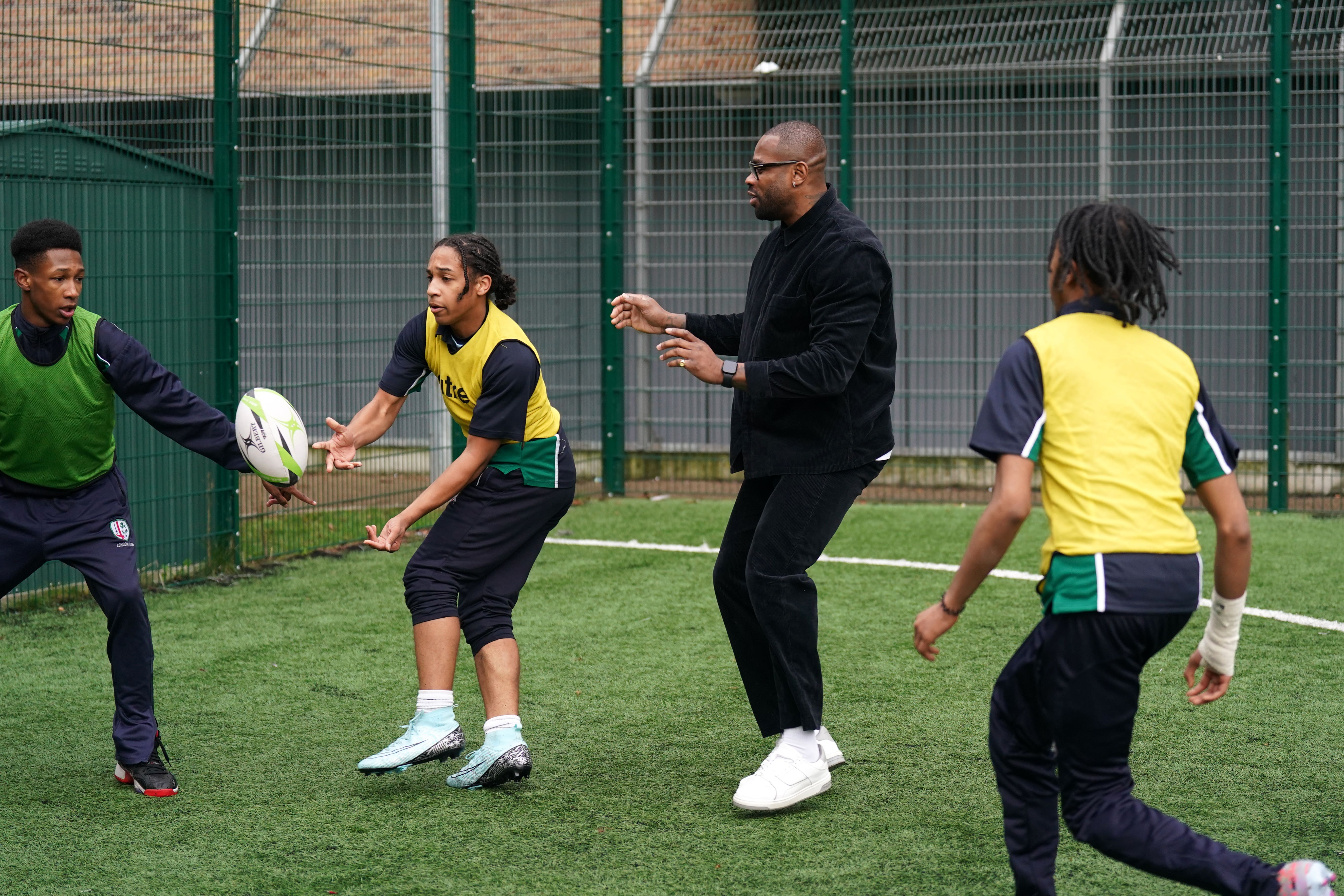Children continue to fall short with their physical activity, survey reveals
Sport England is concerned as fewer than half of the country’s youngsters are taking part in the recommended amount of activity.

Your support helps us to tell the story
From reproductive rights to climate change to Big Tech, The Independent is on the ground when the story is developing. Whether it's investigating the financials of Elon Musk's pro-Trump PAC or producing our latest documentary, 'The A Word', which shines a light on the American women fighting for reproductive rights, we know how important it is to parse out the facts from the messaging.
At such a critical moment in US history, we need reporters on the ground. Your donation allows us to keep sending journalists to speak to both sides of the story.
The Independent is trusted by Americans across the entire political spectrum. And unlike many other quality news outlets, we choose not to lock Americans out of our reporting and analysis with paywalls. We believe quality journalism should be available to everyone, paid for by those who can afford it.
Your support makes all the difference.Sport England has raised concerns after a survey revealed fewer than half of the country’s children are taking part in the recommended amount of physical activity.
The latest Active Lives Children and Young People report indicates 47 per cent of young people are taking part for an average of 60 minutes a day, with data from the 2022/23 academic year remaining stable from the previous 12 months. A further 22.8 per cent are rated as ‘fairly active’ while 30.2 per cent are categorised as ‘less active’ with less than 30 minutes a day on average.
Figures indicate a maintained recovery in participation following the pandemic, with the current statistics in line with pre-Covid findings from 2018/19, but also shine a light on areas that require improvement.
Most strikingly, the number of children classed as taking no physical activity at all in the previous seven days has increased by 127,000 since the survey was first taken in 2017/18, a rise of 1.4 per cent.
There remains broad inequality in the uptake of regular physical activity, with 40 per cent of black and Asian children in the recommended range and 44 per cent from less affluent families. Boys (51 per cent) are also more likely than girls (44 per cent) to be classed as active.
On the positive side, the success of England’s Lionesses at Euro 2022 saw 68,000 more young girls playing football – part of a four per cent rise over the five-year period.
Tim Hollingsworth, chief executive of Sport England, said: “While today’s figures reveal some positives and is further evidence of our sector’s ability to recover from the pandemic, they also underline how much more work there is to do to get our children and young people active.
“The fact that fewer than half are meeting the Chief Medical Officers’ guidelines demonstrates the scale of challenge facing our country. Too many children and young people are missing out on the benefits of living an active life – to their physical health but also mental well-being and positive social connection with friends and their community.”
Sports Minister Stuart Andrew appeared at an event with former England rugby union star Ugo Monye on Thursday to coincide with the report, and Hollingsworth reiterated the importance of political backing.
“This underlines the need for more action – and greater concerted focus across Government departments, as well as across the sport and physical activity sector,” he added.
“We welcome the launch of the new Physical Activity Taskforce, which meets next week, as a chance for this action to be debated.”